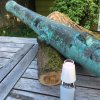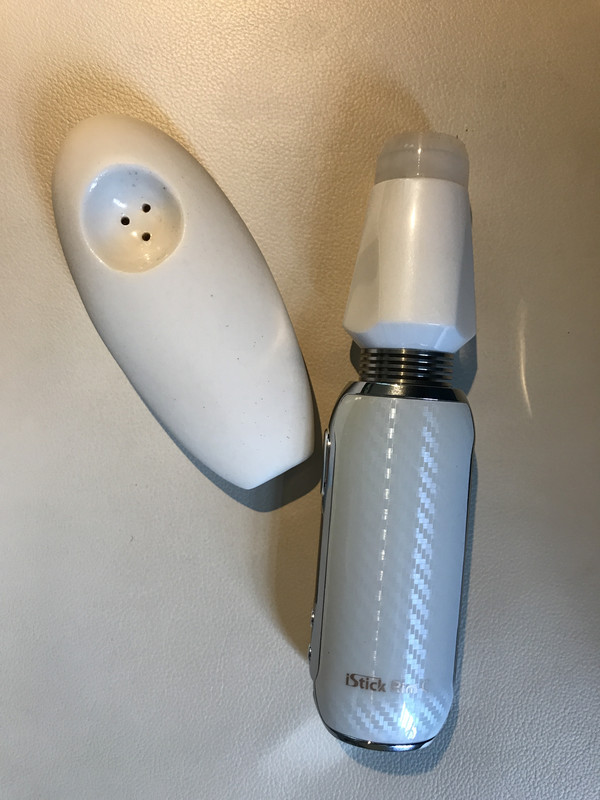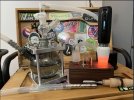I appreciate the question,
@arb. It's an important one! Why, indeed? As an engineer and a bit of a perfectionist, I obsess over an unsolved problem. In this case, though, we believe we know what's been happening.
The vast majority of the chimney issues have been from the first run of 100 units. As mentioned in prior posts, the assembly team in Taiwan did not mix the bonding ceramic sufficiently prior to application, resulting in much weaker bond strength. This also affected the attachment of the zirconia capsule to the finned, stainless-steel base on those units.
We have repaired or replaced any faulty units immediately and without cost to the owner. Needless to say, we were extremely disappointed about that quality issue right out of the gate--it's certainly NOT the way we envisioned rolling out our first products. We fired that team and took four/five weeks in Dec/Jan to revise and test our assembly processes as well as select and train up a new team.
There have been ~4-5 issues with units outside of those first 100, wherein it appears that the chimney was not inserted immediately after the bonding ceramic was applied. In aqueous form, before curing, the bonding ceramic forms a skin fairly rapidly, which results in it bonding to the zirconia, but not as strongly to the quartz. The observational evidence is consistent with this explanation. The SOPs have been updated to reduce this issue, though I suspect it won't go entirely away given the nature of non-machine assembly.
The final problem we have observed with the chimney is a bit more complex. On 3-4 units the quartz itself fractured at their base in the heating chamber. The chimney rests on 3, 1mm x 4mm stand offs built into the zirconia capsule. This allows for airflow to pass under the chimney, and into the heating chamber, before exiting the baffle. The pressure forces on the chimney get concentrated at those three small contact points, thus increasing the internal strain in the quartz, resulting in the localized fracturing. Fortunately, we should be able to simply add three more standoffs to distribute the forces and this should solve the problem. However, it will take a bit of time and $ to modify the molds.
Our current SOPs and inspection protocols have reduced the failure rates in our most recent runs to less than 2%. We want to get this to less than 1% by the end of the year. We've been told that for this type of device, a typical failure rate in the first year is 4-5%, but that's way higher than what we believe is acceptable. So, we want to stay on top of things.
For those of you who have a Neo, please DM me, email (
mark@PrrlLabs.com), or call/text 844-662-6844 if you ever have an issue with your unit, or would like to discuss a question. Thanks!
-Mark
 www.etsy.com
www.etsy.com






